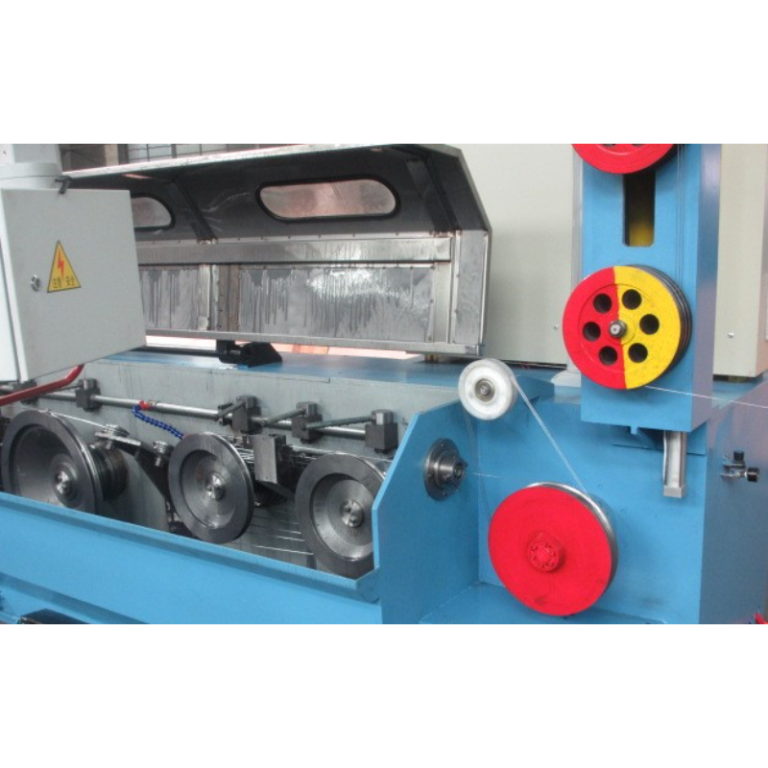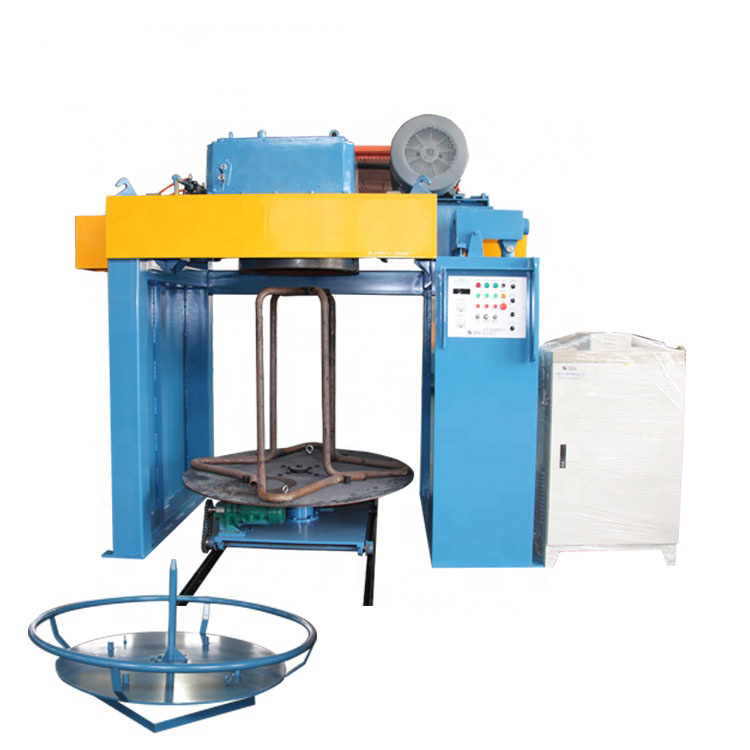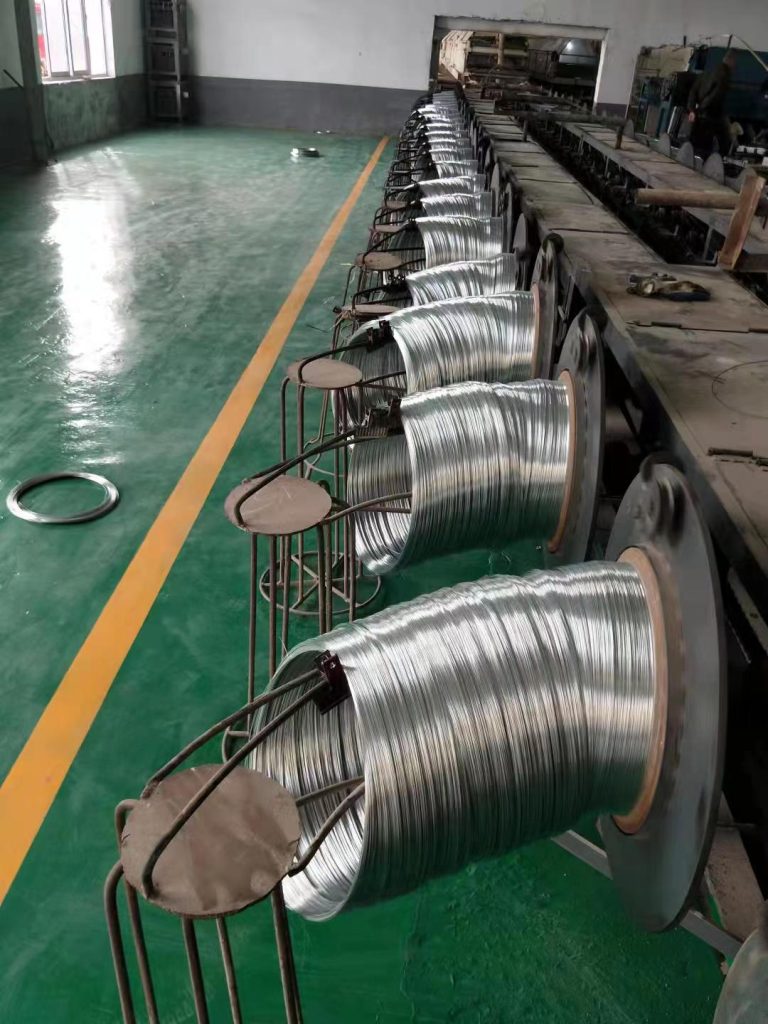استكشاف تاريخ وتقنية الرسم الأفقي للكتلة الميتة
إحدى الفوائد الرئيسية لتقنية الرسم الأفقي المقطوع هي أنها تسمح للفنانين بدراسة الشكل البشري في وضع أكثر طبيعية واسترخاء. من خلال رسم الجسم في وضع أفقي، يتمكن الفنانون من رؤية كيفية تفاعل العضلات والعظام مع بعضها البعض، وكيف أنها تخلق الشكل العام للجسم. يعد هذا المستوى من التفاصيل والدقة ضروريًا لإنشاء رسومات واقعية ونابضة بالحياة.
لإنشاء قالب رسم أفقي، يبدأ الفنانون عادةً برسم المخطط الأساسي للموضوع على قطعة من الورق. ثم يقومون بعد ذلك بدراسة أبعاد الجسم وتشريحه بعناية، مع إيلاء اهتمام وثيق للطريقة التي يتم بها وضع الجسم وكيفية تركيب العضلات والعظام. بمجرد اكتمال المخطط الأساسي، يمكن للفنانين بعد ذلك البدء في إضافة المزيد من التفاصيل والتظليل لإضفاء الحيوية على الرسم.
أحد التحديات التي تواجه تقنية الكتلة الميتة للرسم الأفقي هو أنها تتطلب قدرًا كبيرًا من الصبر والدقة. يجب أن يكون الفنانون قادرين على التقاط الفروق الدقيقة في الشكل البشري بدقة، بدءًا من الطريقة التي يطوي بها الجلد ويتجعد إلى الطريقة التي تنقبض بها العضلات وتسترخي. يمكن أن يستغرق هذا المستوى من التفاصيل وقتًا طويلاً ويشكل تحديًا، ولكن النتائج غالبًا ما تستحق الجهد المبذول.
بالإضافة إلى استخدامها في دراسة الشكل البشري، يمكن أيضًا استخدام تقنية الرسم الأفقي Dead Block لإنشاء أعمال مذهلة فن. من خلال التقاط المنحنيات الطبيعية وملامح الجسم في وضع أفقي، يمكن للفنانين إنشاء رسومات واقعية ومذهلة بصريًا. تحظى هذه التقنية بشعبية خاصة بين الفنانين التشكيليين الذين يرغبون في إنشاء تمثيلات واقعية لجسم الإنسان.
بشكل عام، تعد تقنية الرسم الأفقي الميت تقنية استخدمها الفنانون لعدة قرون لإنشاء أعمال فنية مذهلة. من خلال رسم الجسم في وضع أفقي، يتمكن الفنانون من التقاط المنحنيات والملامح الطبيعية للشكل البشري بدقة ودقة. على الرغم من أن هذه التقنية يمكن أن تكون صعبة، إلا أن النتائج غالبًا ما تستحق الجهد المبذول، مما يؤدي إلى رسومات واقعية ومذهلة بصريًا.

One of the key benefits of the Horizontal Drawing Dead Block technique is that it allows artists to study the human form in a more natural and relaxed position. By drawing the body in a horizontal position, artists are able to see how the muscles and bones interact with each other, and how they create the overall shape of the body. This level of detail and accuracy is essential for creating realistic and lifelike drawings.
To create a Horizontal Drawing Dead Block, artists typically start by sketching the basic outline of the subject on a piece of paper. They then carefully study the subject’s proportions and anatomy, paying close attention to the way the body is positioned and how the muscles and bones are structured. Once the basic outline is complete, artists can then begin adding more detail and shading to bring the drawing to life.
One of the challenges of the Horizontal Drawing Dead Block technique is that it requires a great deal of patience and precision. Artists must be able to accurately capture the subtle nuances of the human form, from the way the skin folds and creases to the way the muscles contract and relax. This level of detail can be time-consuming and challenging, but the results are often well worth the effort.
In addition to its use in studying the human form, the Horizontal Drawing Dead Block technique can also be used to create stunning works of art. By capturing the natural curves and contours of the body in a horizontal position, artists can create drawings that are both realistic and visually striking. This technique is particularly popular among figurative artists who want to create lifelike representations of the human body.
Overall, the Horizontal Drawing Dead Block is a technique that has been used by artists for centuries to create stunning works of art. By drawing the body in a horizontal position, artists are able to capture the natural curves and contours of the human form with precision and accuracy. While this technique can be challenging, the results are often well worth the effort, resulting in drawings that are both realistic and visually striking.







